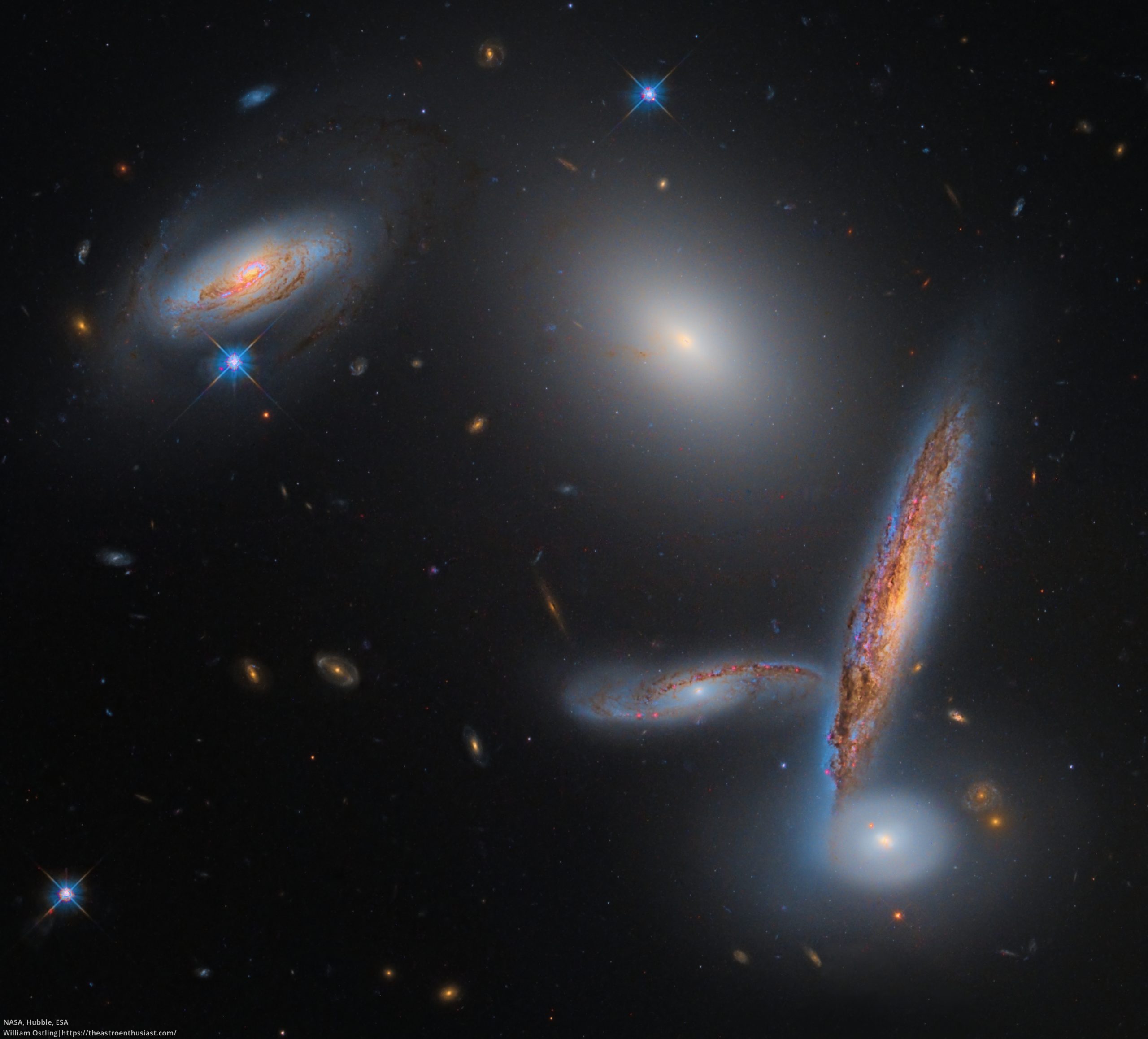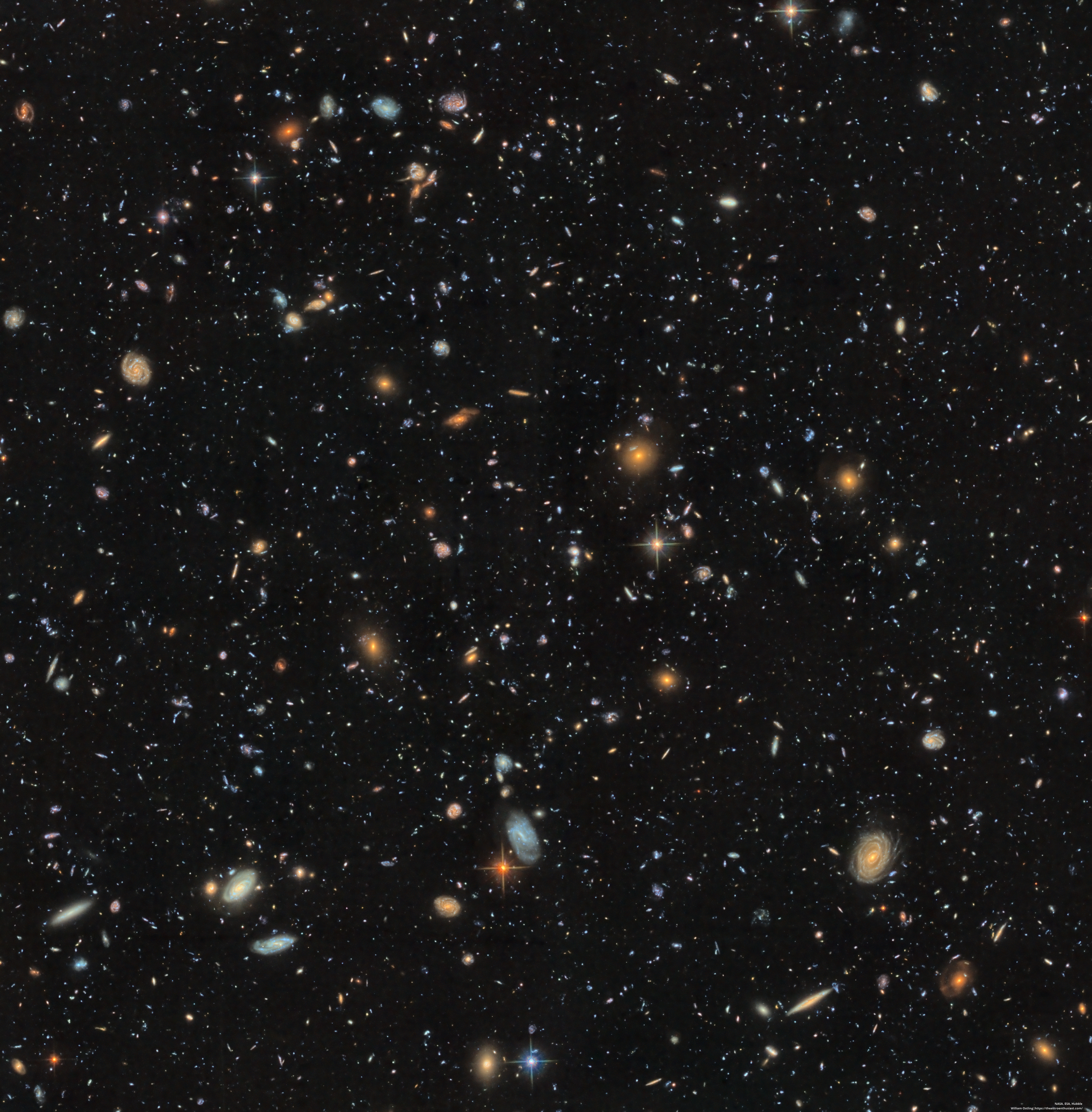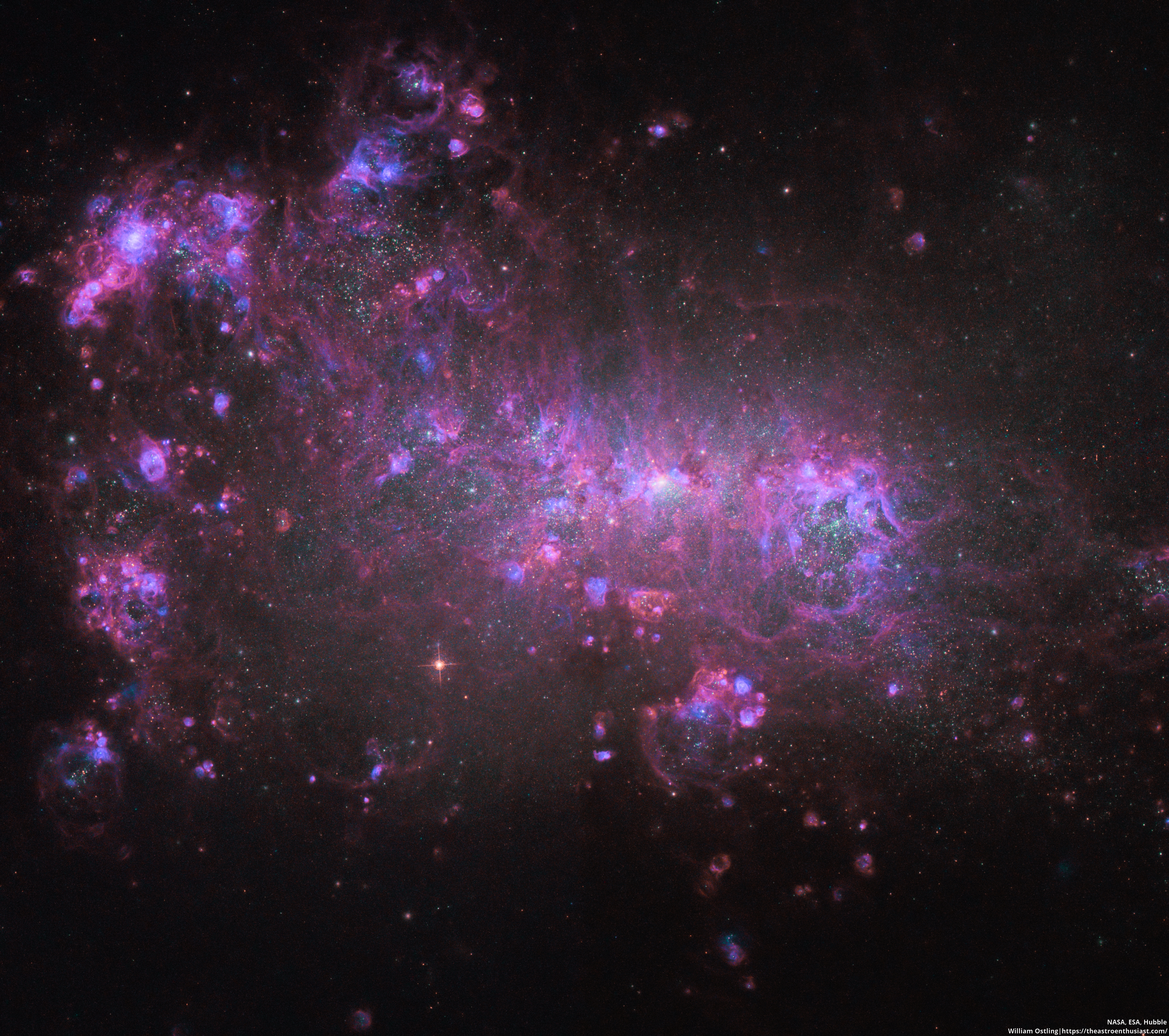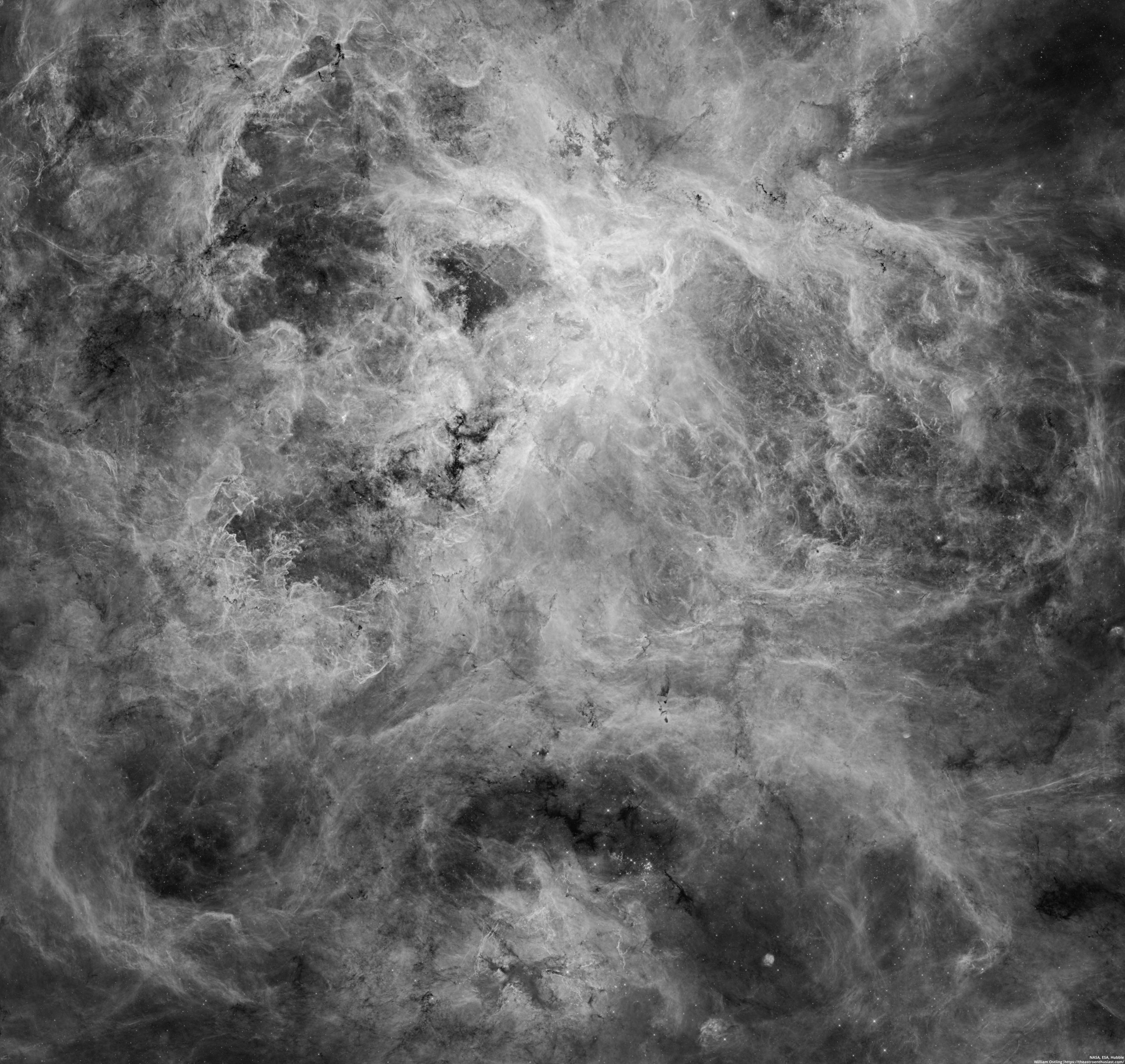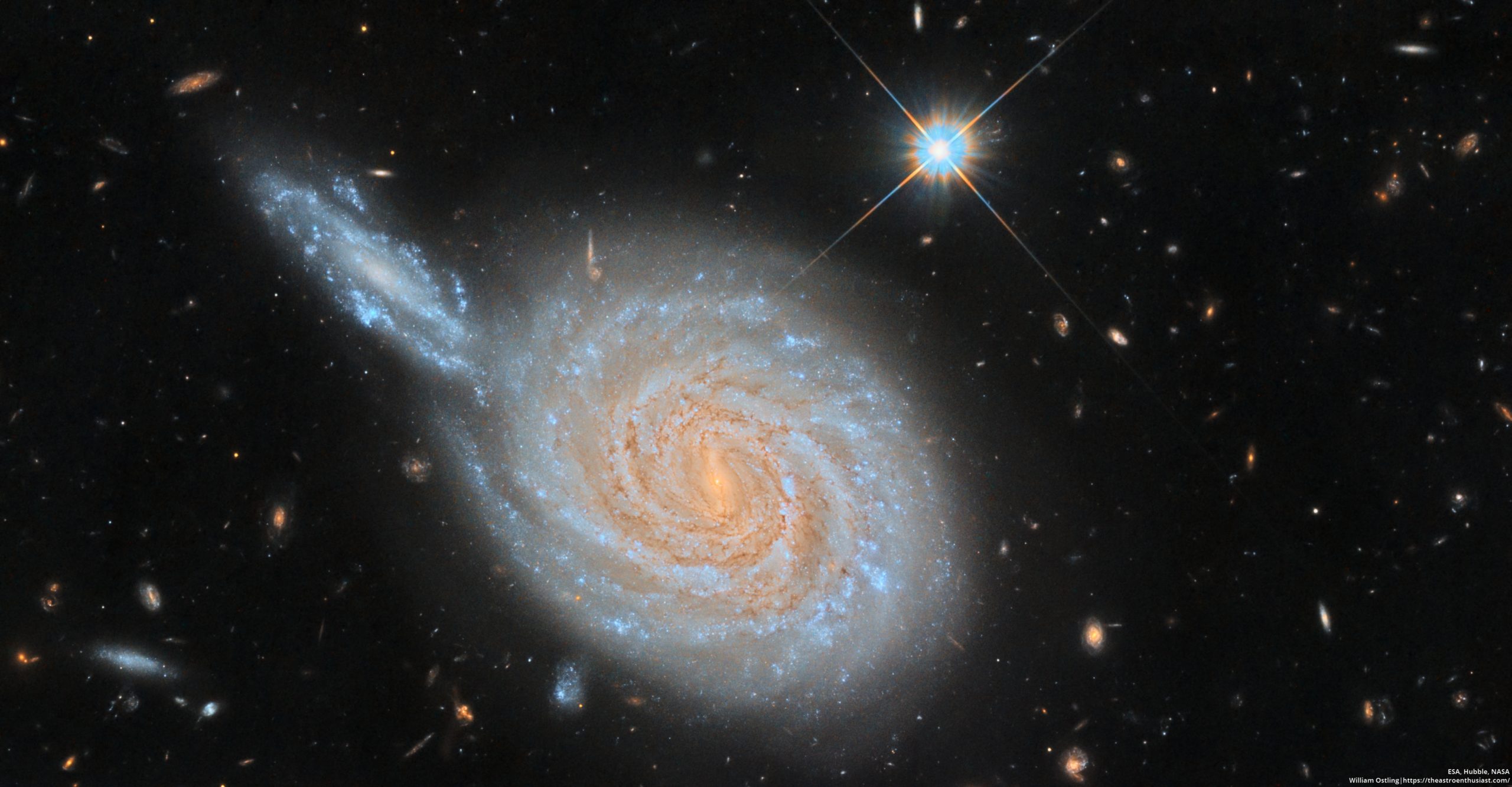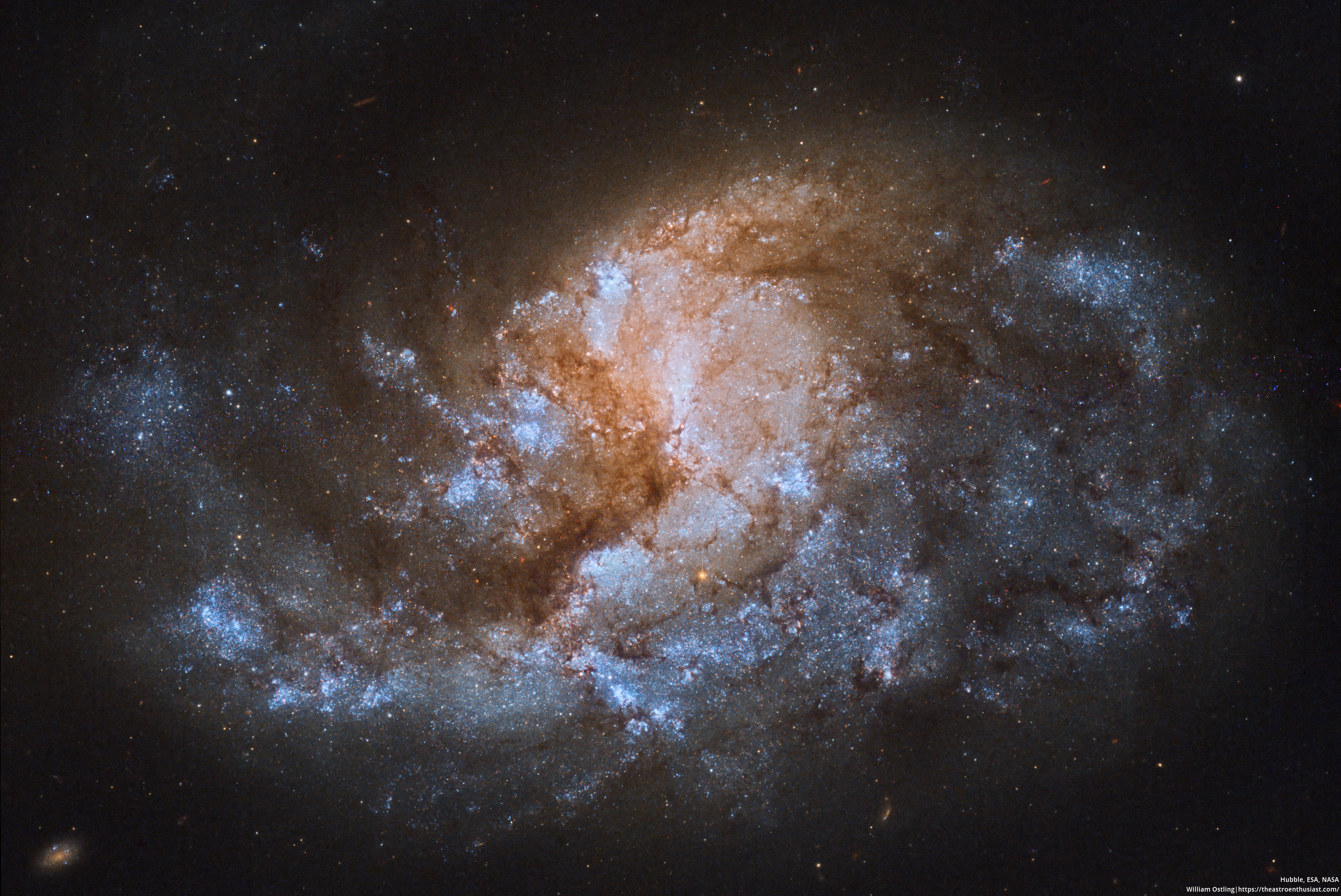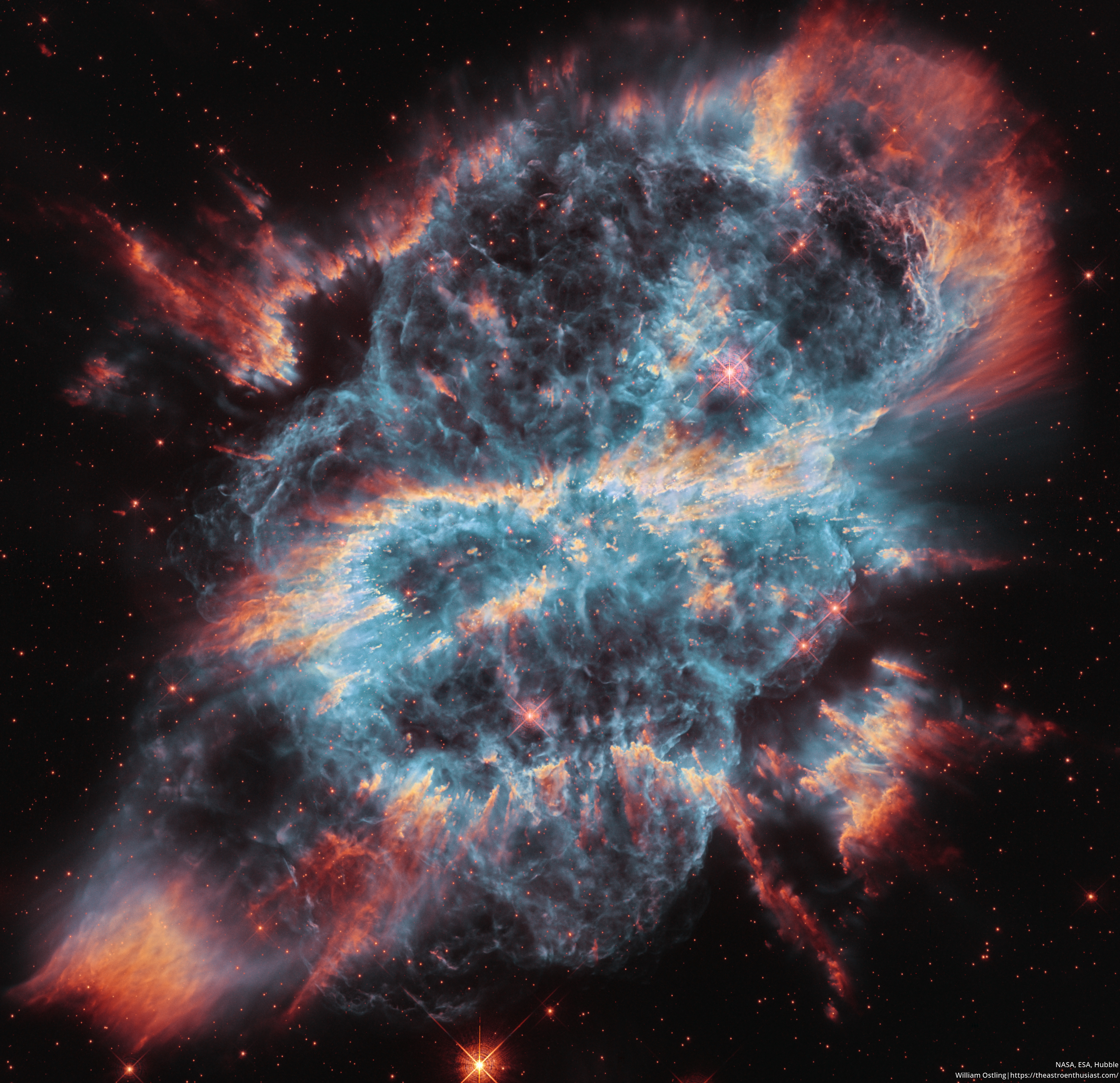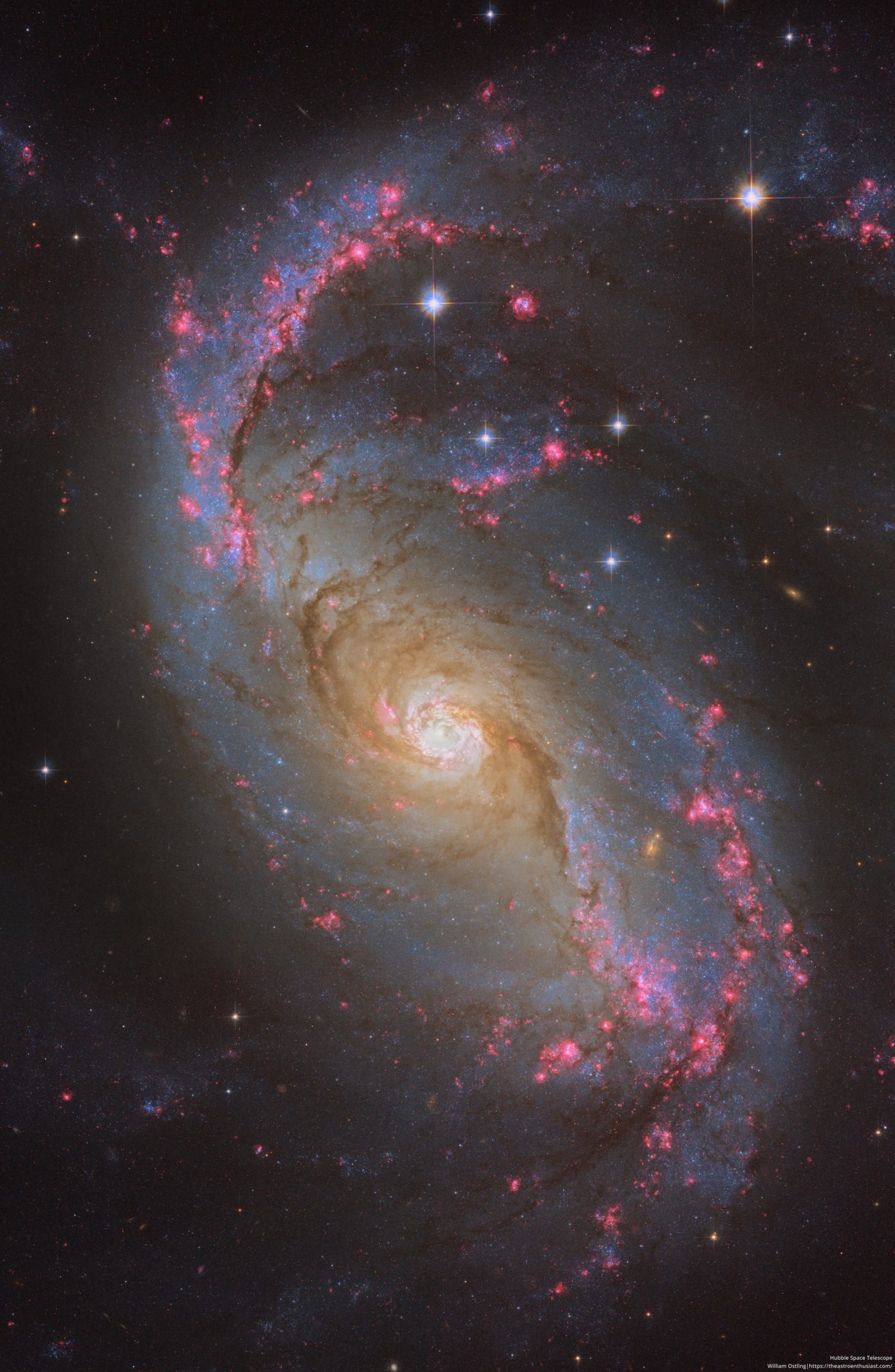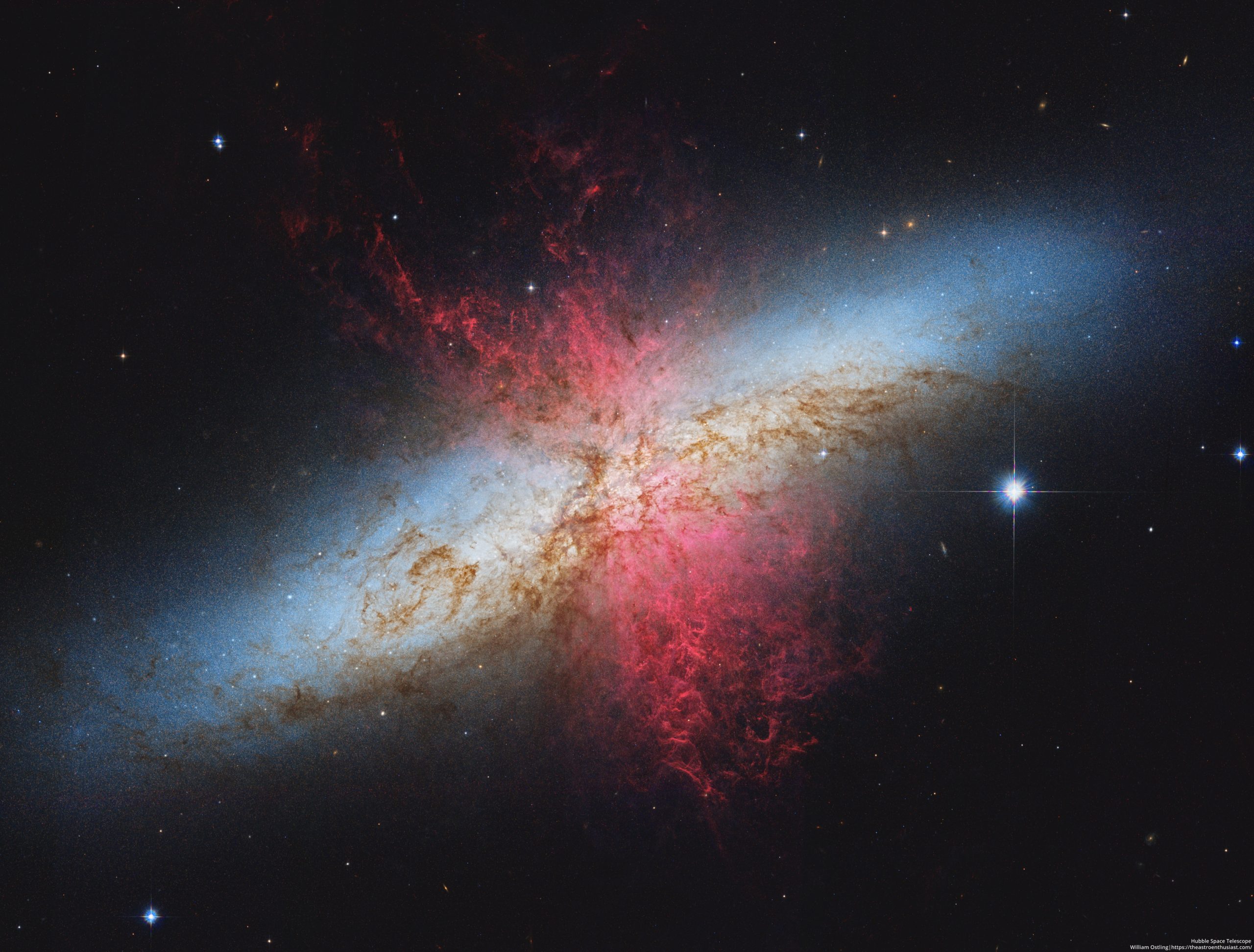Hickson Compact Group 40 from Hubble
NASA is celebrating the Hubble Space Telescope’s 32nd birthday with a stunning look at an unusual close-knit collection of five galaxies, called The Hickson Compact Group 40. This menagerie includes three spiral-shaped galaxies, an elliptical galaxy, and a lenticular (lens-like) galaxy. Somehow, these different galaxies crossed paths in their evolution to create an exceptionally crowded and eclectic galaxy sampler. Caught in a leisurely gravitational dance, the whole group is so crowded that it could fit within a region of space that is less than twice the diameter […]
Read more